By Jacqui Gibson, Epicure & Culture Contributor
A steaming hot rum coffee offers residents of New Zealand’s capital city a portal into a previous era of Wellington cafes. The Monde Special from Wellington’s Five Boroughs is a trendy take on the illicit coffee served from the same site almost 60 years ago.
It’s an “illicit coffee” because back in the 1960s, when the drink was served in the Roxburgh Street coffee shop, alcohol was still restricted to pubs; but coffee shop owner, Mary Seddon, was a bohemian radical who thumbed her nose at rules that dampened the capital’s cultural life — a cultural life she was determined to nurture and grow.
These days Five Boroughs makes Mary Seddon’s signature beverage from single origin People’s Coffee and a healthy bit of rum. It’s the perfect drink to warm you up on a cold winter’s day.
The special at this #cafe in #Wellington is the same illicit coffee served 60 years ago! #NZ Click To Tweet
A Homage To A Coffee Pioneer
Five Boroughs’ owner Bryn Thomas says the Monde Special is his personal homage to a woman he considers one of Wellington’s early coffee pioneers. “Mary and her contemporaries created much of the coffee culture we take for granted now. Getting together any time of the day or night in cool little spaces to listen to music, eat, drink coffee and catch up. This is what Wellington gained a reputation for — and it’s pretty cool to think it kicked off here in Wellington cafes more than a half century ago.”
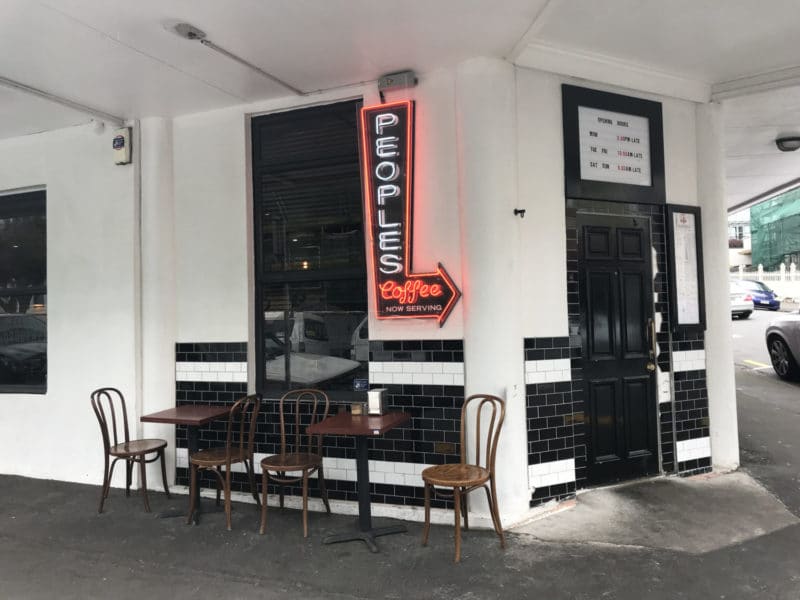
Mary Seddon’s Monde Marie cafe opened its doors in 1958 in the early days of what many refer to as Wellington’s first coffee wave. While she did gain a reputation for clandestine rum coffees, Mary mostly sold filter coffee (Cona) alongside dishes like spaghetti bolognaise — considered exotic at the time — to the backdrop of live folk music.
The granddaughter of former New Zealand Premier Richard Seddon had returned to Wellington after four years traveling alone throughout Europe. She was miffed at the city’s arid social scene and hoped a coffee shop, styled on those found overseas, would help usher the young capital into the modern age.
She was right. In the decades spanning from 1940, the year the capital city’s first coffee shop opened, until the 1970s, Wellington grew to be a more socially vibrant place. This was in some part due to the coffee shops that sprung up and the social scene they spawned.
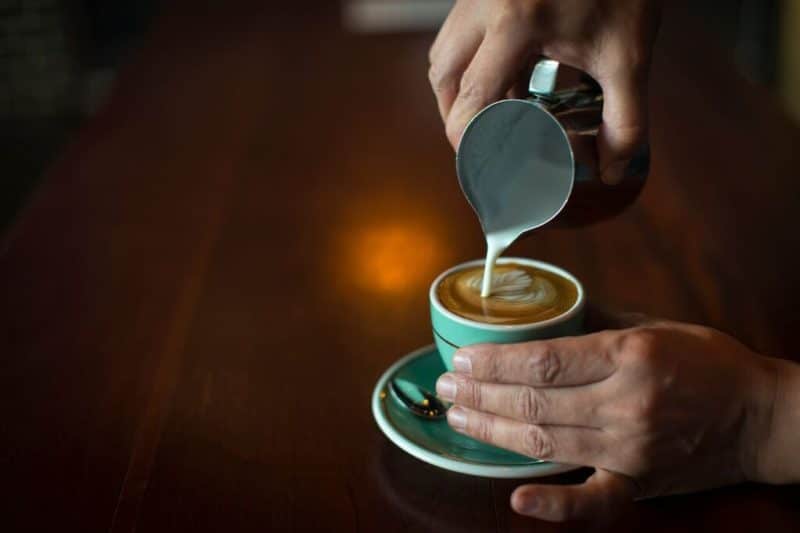
Julian Parsons, retired owner of the now-closed Parson’s Bookshop on Lambton Quay, grew up in the coffee shop era. His father, Roy, was first in the family to run the family bookshop downstairs from one of Wellington’s most well-known coffee shops, the Harry Seresin Gallery Cafe.
“Harry’s coffee shop was a big part of my life,” says Julian. “I think I probably had my first espresso coffee there made in Harry’s imported Italian coffee machine.”
Harry Seresin, the German-born son of Russian Jews, arrived Wellington in 1939 as a refugee of Nazi Germany. In 1957 he set up Harry Seresin’s Coffee Gallery within Parson’s Bookshop at 158 Lambton Quay in the ultra-modern Massey House.
“Harry’s coffee shop and others like it heralded a cultural shift in the city. Coffee was new; the food was interesting. These places created a sense of community, a buzz you just wanted to be immersed in.”
The Height Of Wellington’s First Coffee Wave
By the late 1960s, Wellingtonians were ditching milk bars and tea rooms — popular in past decades — in favor of coffee shops that stayed open late. At the height of Wellington’s first coffee wave, the city was home to more than 60 coffee shops with names such as Chez Paree, Suzy’s, the Matterhorn and La Scala.
Tastes eventually changed — so much so that by the late 1970s most coffee shops had shut their doors for good. Some of the reasons behind this included the growing popularity of instant coffee, access to a bigger number and broader range of restaurants (serving both coffee and alcohol by now) and new modes of entertainment (television had arrived).
Coffee, it seems, wouldn’t come back until the 1990s. But come back it did — and with Jeff Kennedy at the forefront of the second wave. Opening Caffe L’Affare in 1991, Jeff became one of the city’s first roasting barons, alongside the likes of Geoff Marsland of Havana and Supreme Coffee’s Chris Dillon.

The Coffee Barons Of The 90s
He believes it was their shared passion for coffee itself, along with their competitive obsession with making the perfect roast, that revived Wellington’s cafe scene.
“We saw coffee as a magical product — something you could compare to alchemy and making rocks into gold. On the face of it, coffee’s a fairly boring pea-type thing. But you can turn it into one of the most delicious drinks in the world. The fact that it’s conducive to talking and sharing ideas — be they political, philosophical or whatever — is what makes it such a social drink and an integral part of this city’s culture.”
Looking back on the 90s, Mike Egan of Monsoon Poon and national president of the country’s restaurant association, says Jeff and his early contemporaries were “like tortured artists, geniuses guarding the secret of the perfect roast.”
“The competition was fierce between them. Really fierce. But that obsession made for an excellent product in the end. And, while it didn’t happen overnight, the Wellington cafes and coffee culture they built did eventually gain a huge following.”
By the end of the decade, says Mike, the people of Wellington had moved from consuming one espresso coffee a week to up to two per day. And they’d become champions of their favorite brands.
“If you were a Havana drinker you identified with the grungy, revolutionary brand. Society types went for Supreme and so on.”
Cafe culture in cities like #Wellington is about so much more than just the #coffee. #NewZealand Click To Tweet
An Artisanal Coffee Scene
So where is the scene at now? Very few of the city’s early coffee houses remain – the likes of Harry Seresin’s Coffee Gallery, Chez Paree, Suzy’s and La Scala for example. But is there a so-called third wave in sight? According to Mike, the market is in a strong and healthy state, with new roasters entering the scene and new Wellington cafes popping up all the time.
“I’d say there’s more diversity now. And the coffee scene’s no longer the domain of the big three or four roasters. There’s also a consistency to what we’re doing — this town’s all about making a high-quality artisanal product.”
Five Boroughs barista Scott McLeod believes the coffee culture has had a huge impact on the palate of his fellow residents over the last 10 years. At Five Boroughs they serve espresso coffee, as well as a New York-inspired filter coffee made from an Ethiopian Yirgacheffe blend.
“We wanted to challenge the idea that filter coffee is weak and boring — and bring something new and exciting to the Wellington market. People here are up for it, they know their coffee and they like to try new things. Saying that, though, if there’s one thing that’s truer today than ever before it’s that Wellington people won’t suffer bad coffee. You serve them one bad coffee and it’s over. They’ll never come back.”

Don’t Miss These Wellington Cafes:
- Five Boroughs, Roxburgh Street, Mount Victoria.
- Caffe L’Affare, College Street, Te Aro.
- Havana Coffee, Tory Street, Te Aro.
- The Hangar, Dixon Street, CBD.
- Gypsy’s Kitchen, Jessie Street, Te Aro.
- Prefab, Jessie Street, Te Aro.
Traveling solo in New Zealand? These cafes also offer the perfect place to hole up with a good book paired with an excellent coffee!
Check out these spots for the best cup of #coffee in #Wellington, #NewZealand! Click To Tweet
Latest posts by Jacqui Gibson (see all)
- How To Take An Eco-Friendly Trip To The Solomon Islands - Mar 27, 2018
- How To Explore Coffee Culture In Wellington, New Zealand - Oct 26, 2017
- Learning About Hurricane Katrina From The People Who Lived It - Oct 2, 2017



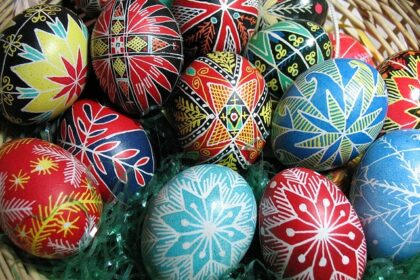
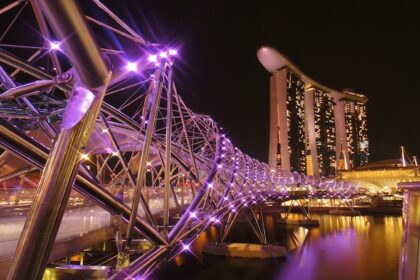
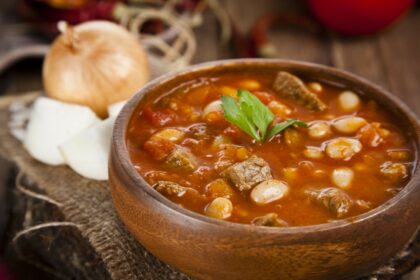

I am very impressed by the way you share nice and valuable content.
thanks!
hi,
this is very nice posting and very nice information for us ,
thanks for this posting ,
regards,
mansi desai
Thanks, you’ll have to come to Wellington and see for yourself!
Amazing post! This reminds me a lot of some of my favorite coffee shops in NYC.
I found out about them through this amazing blog that reviews sustainable coffee shops based on a triple bottom line metric. Check out this post!
https://mybrotherscoffee.wordpress.com/2017/11/09/bluestone-lane/
Can’t beat good coffee! Thanks for the shout out, Natalie.
hey thanks for sharing with us very nice post and amazing places. I have visited there and will go again, thanks.